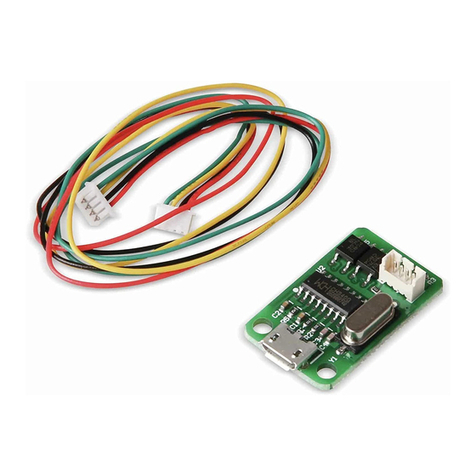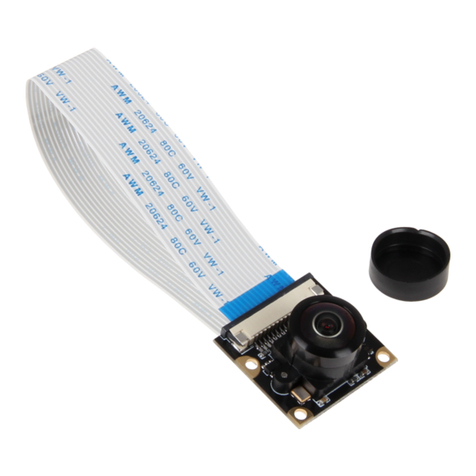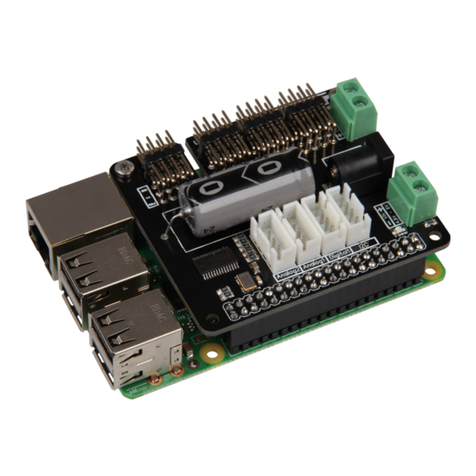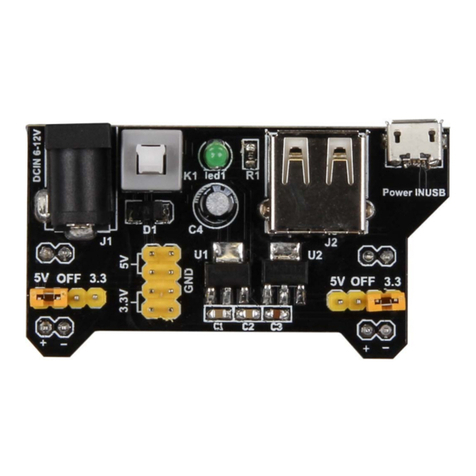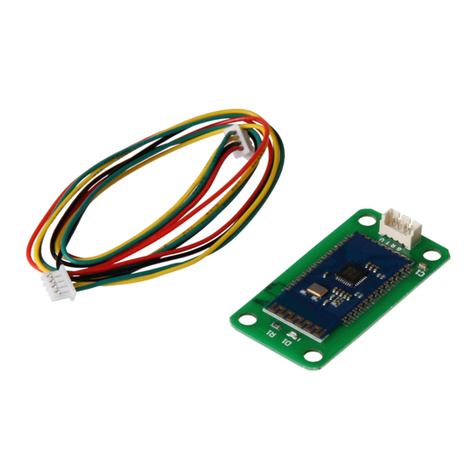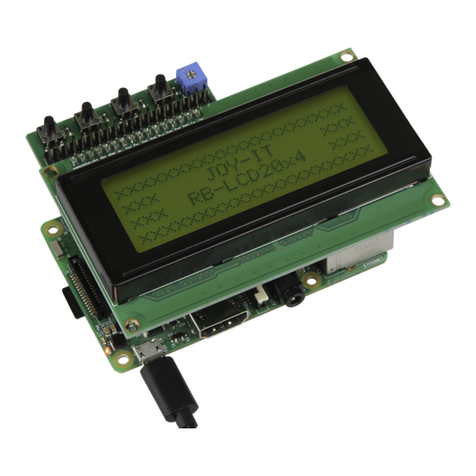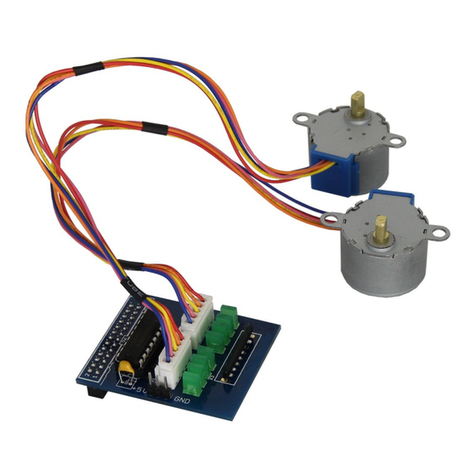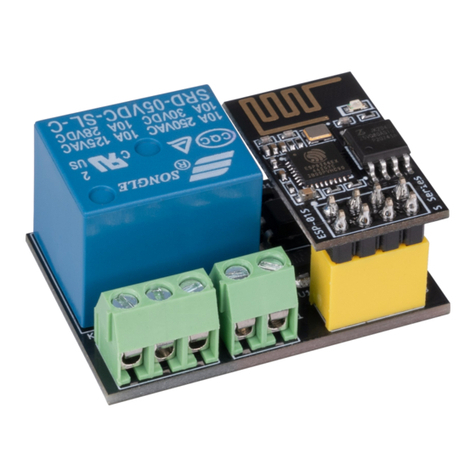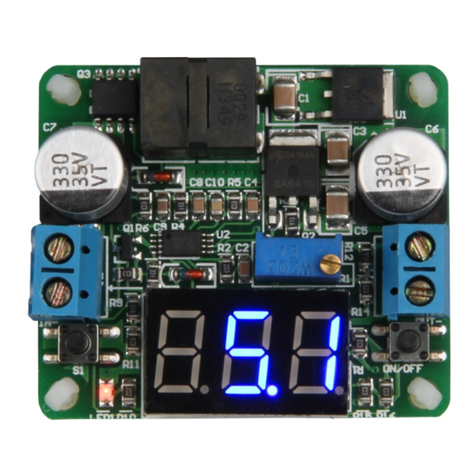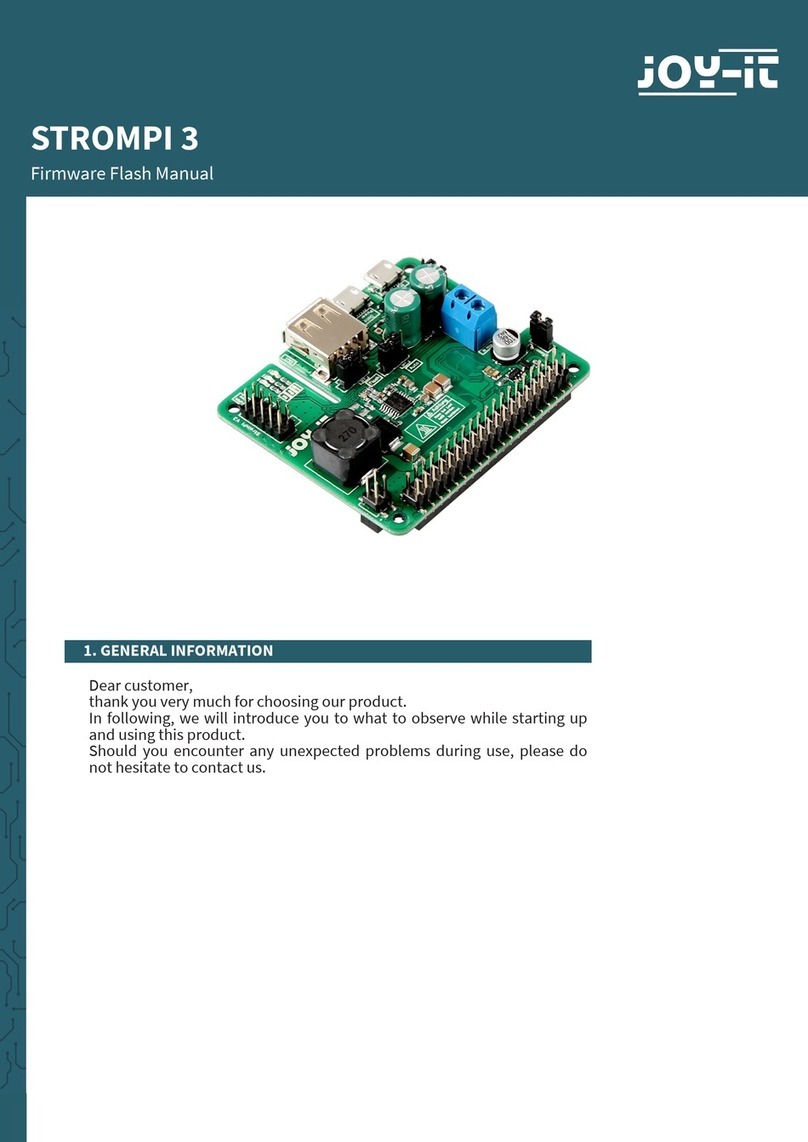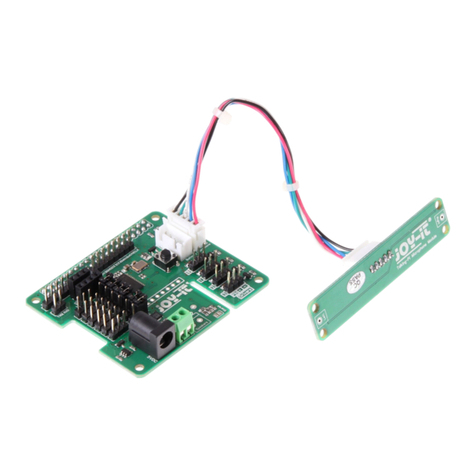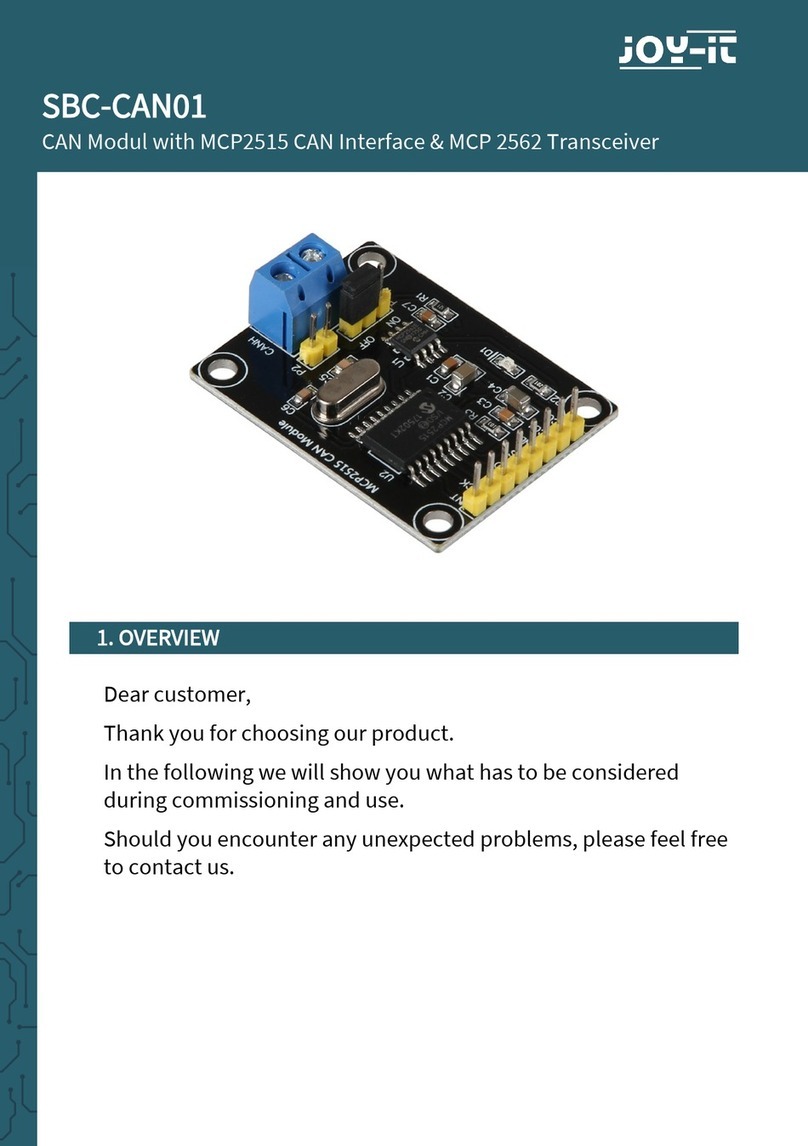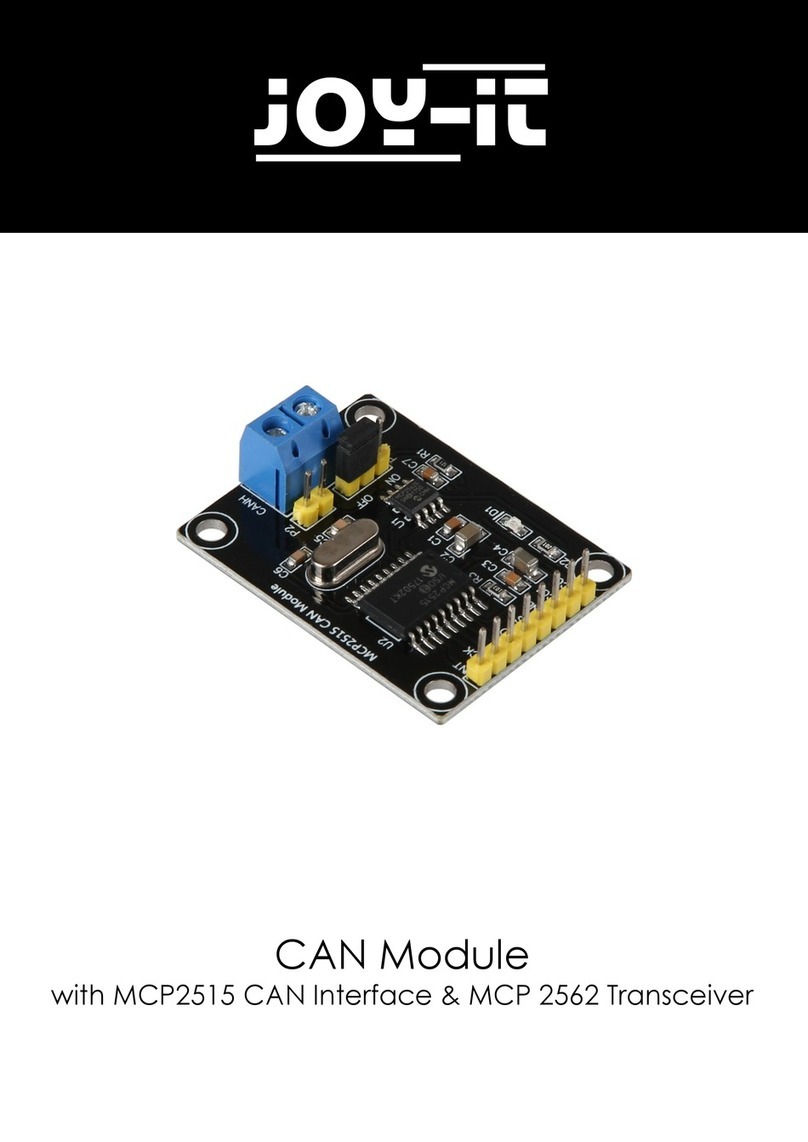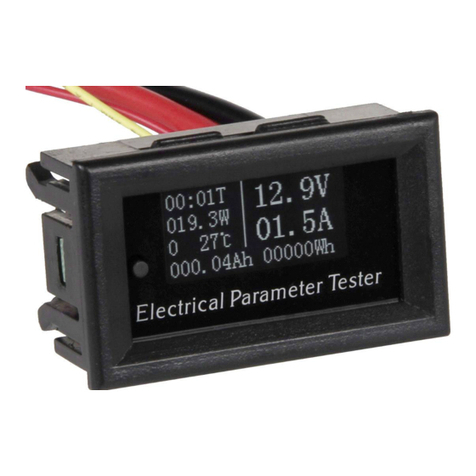
For example a standard 3200 mAh LiPo-battery with 7.2 V would be
theoretically existent ( if the self-discharge, environment eects like
weather conditions, temperature and quality of the battery are excluded)
2500 mAh for the bypass operation - aer 1 year of service life. (This is a
theoretical statement to show how low the power consumption is. The real
capacity of batteries is inuenced by many dierent factors.)
This low standby power results that the wide-range assembly is only
activated if the power supply of the microUSB with the marking “IN“ fails.
In such a case the StromPi switches seamlessly to the wide range voltage
source like for example a connected battery. The power which is needed
during the switching , will be buered by the StromPi.
The disadvantage is that if the StromPi 2 is in the UPS-mode, it can only start
with the above-named microUSB-input „IN“.
Wide-mode
In the „WIDE“-mode, the StromPi 2 can be started and operated by the
microUSB-input via the common microUSB power supply as well as by the
wide range voltage input which is for voltage sources with a voltage from 6
to 61 V.
This function is useful for application areas like for example vehicles (car,
truck, ship) or for the mobil operation with a battery.
The voltage source from the microUSB input is thereby preferred so that at
a failure it can be switched seamlessly to the wide range voltage source.
This mode is recommended for the direct operation of a wide range
voltage source - we recommend for battery-backed systems the
above-named USV-mode. Also if the StromPi is operated via microUSB,
it consumes approx. 3 to 7 mA from the wide range voltage source; this
complies with approx. the thousandfold of the power consumption in the
USV-mode.
We recommend the usage of a switch in the wide-mode in order that in
case of a non-utilisation for example in a car, so that the battery will not be
emptied.

